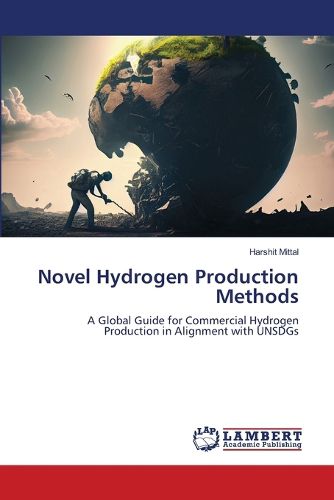Readings Newsletter
Become a Readings Member to make your shopping experience even easier.
Sign in or sign up for free!
You’re not far away from qualifying for FREE standard shipping within Australia
You’ve qualified for FREE standard shipping within Australia
The cart is loading…






Semiconducting thin film materials are the basic components of photonic, electrical, and magnetic devices. By altering the characteristics of the materials and lowering their size, the fabrication of materials in the form of thin films enables simple inclusion into different. The main advantages of thin film systems are device efficiency and cost reduction. They are often employed to change electrical and optical characteristics, protect surfaces from chemicals, and protect surfaces from abrasion. Due to its beneficial uses in solar energy, semiconductor devices, integrated circuits, magneto-optic memory, light-emitting diodes, multifunctional protective coatings, liquid crystal displays, and other technologies, semiconductor thin-film research is expanding quickly. This review discusses recent developments in photocatalytic nanostructured semiconducting thin films, their deposition, fabrication techniques, controlling of film micro/nanostructures, physicochemical properties, photocatalytic mechanism, and its photocatalytic applications in the fields of energy, including hydrogen generation, CO2 reduction to useful chemicals, and environmental remediation.
$9.00 standard shipping within Australia
FREE standard shipping within Australia for orders over $100.00
Express & International shipping calculated at checkout
Semiconducting thin film materials are the basic components of photonic, electrical, and magnetic devices. By altering the characteristics of the materials and lowering their size, the fabrication of materials in the form of thin films enables simple inclusion into different. The main advantages of thin film systems are device efficiency and cost reduction. They are often employed to change electrical and optical characteristics, protect surfaces from chemicals, and protect surfaces from abrasion. Due to its beneficial uses in solar energy, semiconductor devices, integrated circuits, magneto-optic memory, light-emitting diodes, multifunctional protective coatings, liquid crystal displays, and other technologies, semiconductor thin-film research is expanding quickly. This review discusses recent developments in photocatalytic nanostructured semiconducting thin films, their deposition, fabrication techniques, controlling of film micro/nanostructures, physicochemical properties, photocatalytic mechanism, and its photocatalytic applications in the fields of energy, including hydrogen generation, CO2 reduction to useful chemicals, and environmental remediation.